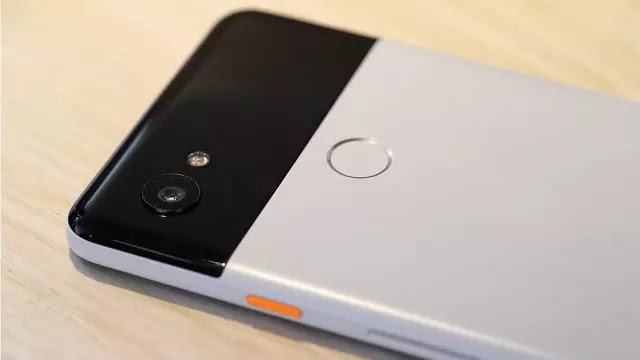Smartphones have unquestionably emerged as one of the most prominent lights in the growth of technology. The majority of people want the best smartphone camera for selfies and general photography. There are, however, a flood of cell phones with mobile photography capabilities on the market. This creates ambiguity, making it even more difficult to choose the best smartphone.
You like photography and want to convey your ability and uniqueness via the photographs you capture. It makes no difference whether it's about nature, landscape, people, or anything else. That's fantastic, but how do you get a nice camera that you can have with you at all times so you're ready when the opportunity arises? Hello, and welcome to the world of smartphone cameras!
Top things to consider while buying a good quality Camera phone
People usually argue over which brand has the best feature, which model has the highest power specs, and which model performs best. As smartphone camera capabilities develop, people are growing increasingly inquisitive about which smartphone camera model captures better images. If you feel the same way and decide to get a camera phone, you may be wondering how to do it without being disappointed. But how can you know if you're going to acquire a phone with a decent camera or a phone with a terrible camera? We've got you covered when it comes to purchasing a phone with a good camera.
1. Sensor
The sensor is the camera's heart, much as the CPU is the smartphone's heart. If the sensor captures a picture well, you will get the spectacular image you desire. A camera with a large sensor gathers more light and produces better images.
Low-light performance, colour vibrancy, and image sharpness all increase with improved sensors. The Xiaomi Mi 11 Ultra has a gigantic 1 inch sensor, which is presently the biggest camera sensor available for a mobile phone.
2. Pixel Size
Pixels catch the light that enters the camera. More light can pass through a sensor with more pixels, reducing digital noise. Even in low-light circumstances, images will be properly exposed. The Huawei P40 Pro has the biggest pixel size on smartphone camera sensors at 2.4m. The Galaxy S20 and Google Pixel 6 are two camera phones with the largest pixel sizes.
3. Megapixels
The number of pixels in your camera is expressed in megapixels. It determines the resolution of an image, or how detailed the image is. When printing and presenting your photographs, more megapixels are essential for better definition.
Putting too many megapixels into a sensor, on the other hand, will result in smaller pixels. To compensate, the top camera smartphone uses pixel-binning technology, which merges data from several pixels into one.
The Galaxy S20 Ultra features a 108MP 1/1.33 sensor that employs pixel merging to combine nine 0.8micron pixels into one 2.4micron pixel, resulting in beautiful, detailed photographs. The Xiaomi Redmi K40 Pro+ likewise includes a 108 MP main camera.
4. Lens & Shooting Modes
The triple-camera smartphone was all the rage last year, but today even mid-range phones have quad-camera setups. Aside from the primary camera, the newest camera phone has an ultra-wide-angle lens that gives a broader field of view, making it excellent for landscape photography.
The telephoto lens compensates for the absence of optical zoom in smartphones. Depth sensors aid in subject focus and are perfect for portrait photography. A macro lens, which is available on a variety of cameras, assists in the capture of clear and detailed images of small objects up close.
The latest Android phones have a variety of photography options. Some of the common functions that assist to improve image quality include altering ISO, white balance, and exposure correction.
5. Aperture
The aperture of a camera lens is the opening that controls the amount of light that passes through it. The number indicates the size of the aperture stop.
The wider the aperture and the deeper the depth of focus, the smaller the f value. f/8, for example, is less than f/1.4.
A camera with an f/1.7 aperture has a larger lens opening, which allows more light to pass through than a camera with an f/2.2 aperture. So, if you like bokeh in your images, experiment with the aperture size.
6. Zoom
There are two types of zoom in a smartphone camera: digital and optical. When photographing from a distance, the zoom feature comes in helpful.
Digital zoom is a software method that cuts and enlarges a section of an image, resulting in pixelated effects on occasion. The optical zoom refers to the camera's real optic lens (hardware) zooming in to get a closer look at the subject.
Final Words
Almost every mobile store has cellphones for photography on display, which draw a lot of attention owing to their sizes, forms, and beauty. If you do not properly select your camera phone, you may come to regret it.
Choose the one that best meets your needs if you like photography, selfies, or shooting. Your selection is always dependent on your understanding of your smartphone.
It is not essential to spend a lot of money on the best camera phone on the market. Furthermore, not all high-priced smartphones have the best cameras.



